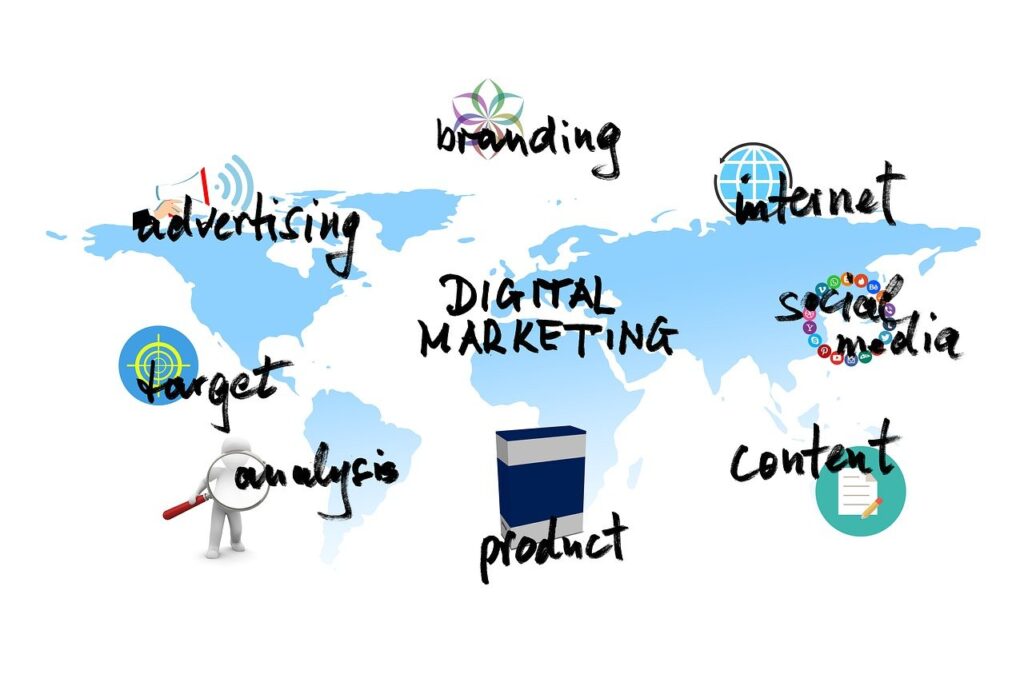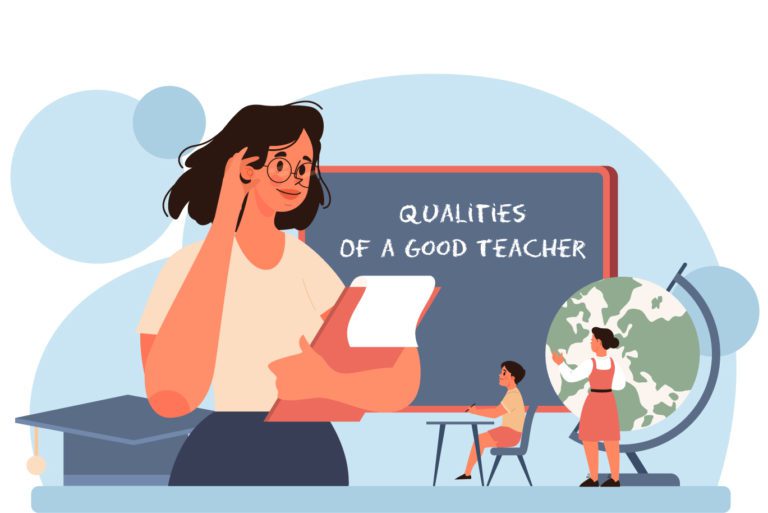Keeping your business in front of current buyers while bringing in new customers may require you to come at the problem from several different angles. If you have occasional shoppers who add items to their cart but never really commit, you have one goal. If you have shoppers who have dropped off your sales list, you have a new task to tackle.
Ask for a Second Look
A careful review of the clicks on your products can give you a lot of data on those who are interested but not ready to add to the cart. When sending out discount emails to your uncommitted clickers, take a look at the calendar. Most folks get paid on the 1st and 15th. A clicker that doesn’t buy on the 10th may be inclined to buy on the 17th.
Make sure your promotion emails are more friendly than fancy. When you target a reluctant clicker, make sure you also keep the layout simple. Lots of white space with the item that got the most scrutiny in the center will catch their eye. Add a simple percentage price break to make the sale.
Reviewing Abandoned Carts
Abandoned carts can happen for a lot of reasons. If you have a shopper who consistently leaves items in their carts because you’ve trained them that they’ll get a coupon for the item, you may want to try a different price break. For example, you may want to offer a percentage discount for a larger purchase to get them to commit.
If you sell families of products, your abandoned cart work may require you to direct your promotions from a different angle. For a business that sells camping gear, offer a discount on an upgraded item. When the abandoned cart contains a single burner propane stove, send them a coupon for a two burner. When the abandoned cart contains an inflatable sleeping mat, send a coupon for a folding cot. Your client will get a product that’s at least as good as they originally chose and feel like they got a deal on an upgrade.
Offering Improvements
If you have a client that has slowed or stopped their purchases, consider investing in some postcard retargeting to get a discount offer in their physical mailbox. For those who don’t sell consumables, the power of marketing has to be tied to getting data about your new products, product improvements, and new product lines.
Keep these promotional mailers simple. A simple card offering a buy one, get one discount for a product similar to what was purchased in the past may work if you sell consumables. If you sell more permanent products, offer an upgrade for a discounted price. Depending on how often you send these out, it may be a good idea to set up a yearly mailing that will trigger a returned card if it can’t be delivered so you can clean up your mailing lists.
Rewarding the Great Customer
The best marketing assistant you can have is a happy customer who talks up your product. To keep your happy customers buying and make it easy for them to share your data, offer a “share with a friend” discount. Start with a reward, ask for a referral, and finish with another reward. For example, you could
- Offer a 20% off coupon within a 6 week timeframe
- Offer a 30% off coupon for a friend
- Finish up with a 50% off coupon when the 30% off coupon hits your system
- Offer discount points or freebies as a reward when the friend uses their coupon
Keeping returning customers happy is a step you can skip over. If you sell skin cream and you have a client who buys every six weeks, chances are good they’re happy. They deserve a loyalty discount. If they can go beyond loyalty and share your products and services with friends, they deserve loyalty points that they can use for new products.
Conclusion
The best business in the world won’t make it if you can’t sell products. Getting clients to come back and take a second look at an item that got some serious looks, or got added to the cart but abandoned, will take some creative attention.
















